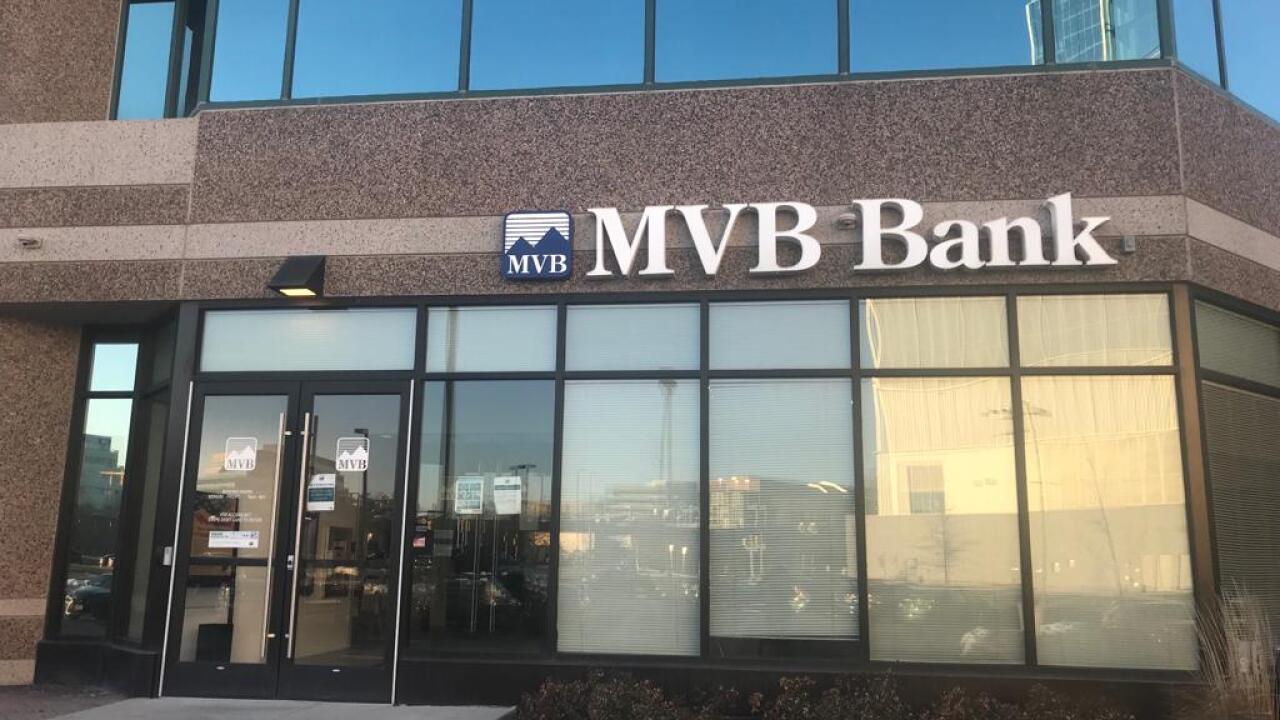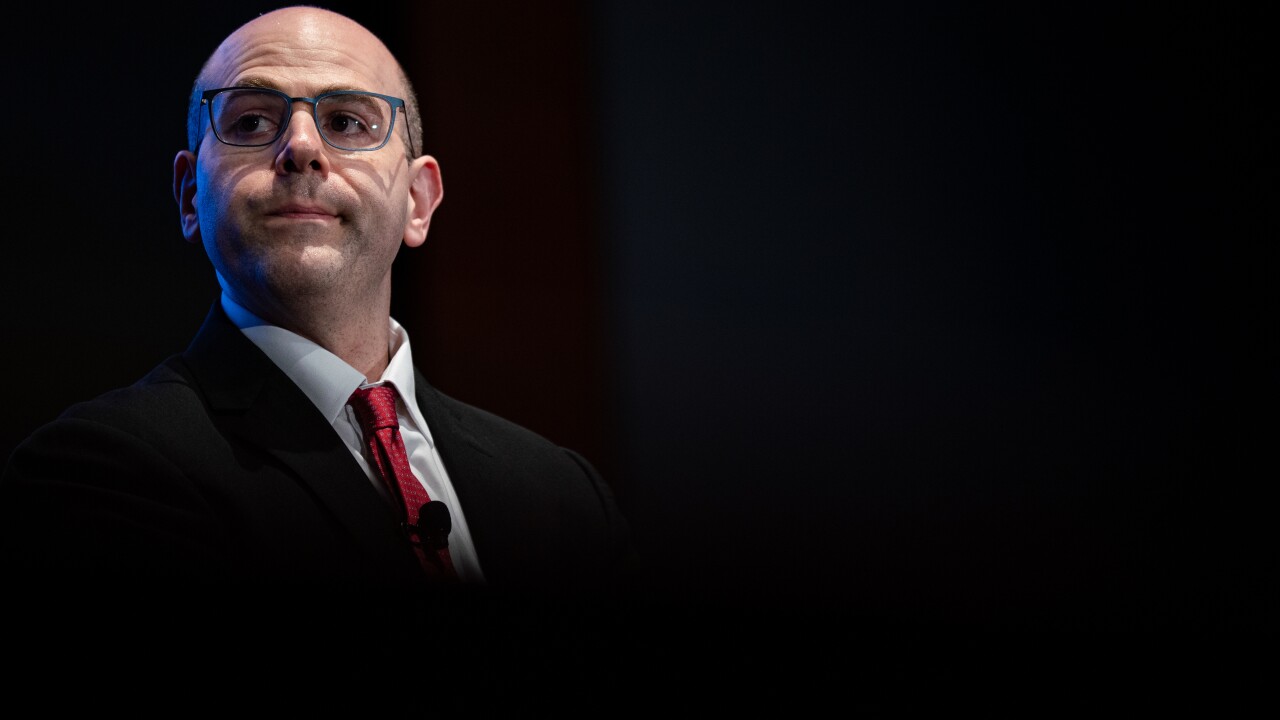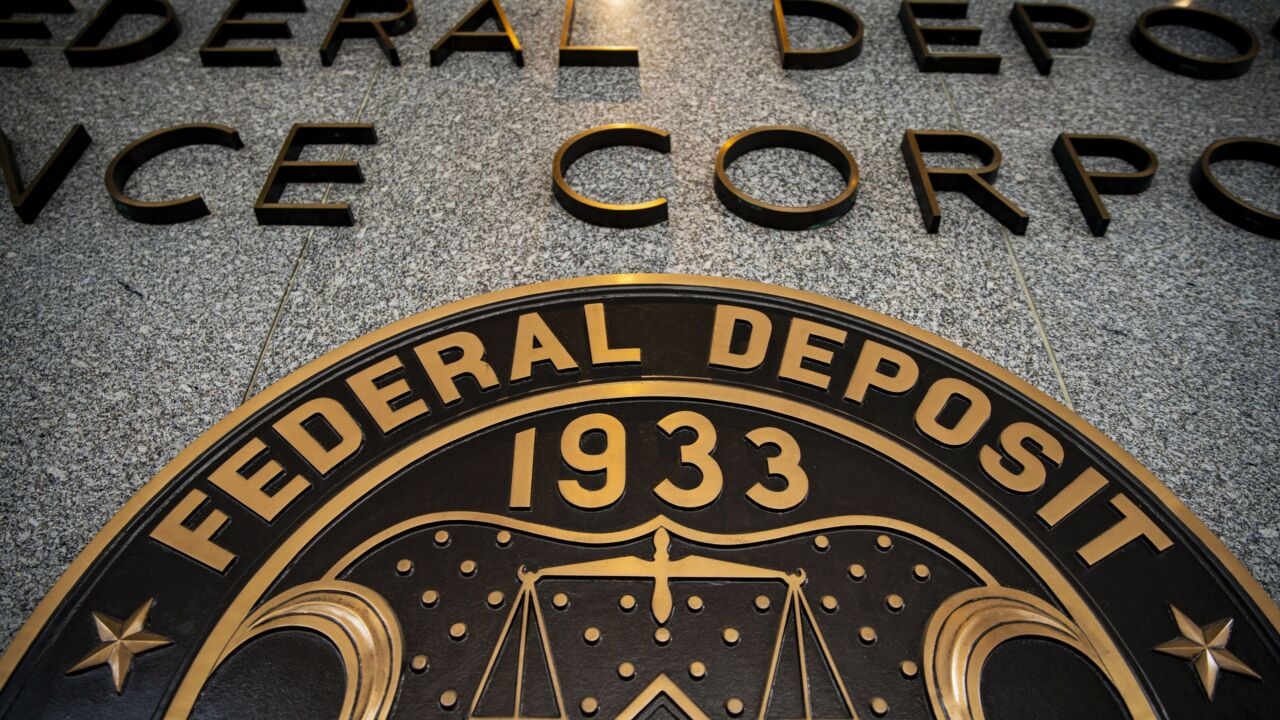With a large part of the EMV-chip card migration out of the way and reporting solid financials, Visa is putting a spotlight on contactless and digital commerce with deployments and pilots in several countries.
"This is the natural progression following the adoption of EMV infrastructure," said Alfred Kelly, Visa's CEO, during Thursday's earnings conference call. "Research and internal data show an interest in contactless, which is faster and more convenient at the point of sale."
Boosted partly by strong holiday spending in the U.S., Visa earned $2.52 billion, or $1.07 per share, for the quarter that ended Dec. 31. That's an increase of 22% from $2.07 billion, or 86 cents a share, in the fourth quarter of 2016. FactSet analysts' projection called for earnings per share of 98 cents. Total revenue rose 9% to $4.86 billion.

The strong holiday spending was marked by active e-commerce spending, providing an impetus to invest in more digital payment technology. "Online spending grew four times faster than offline," Kelly said. E-commerce was 30% of U.S. holiday spending volume, he said.
Contactless markets in the U.K., Australia and Canada are strong, and India has enjoyed double digital growth due in part to its demonetization policies over the past two years. Kelly didn't give a bearish picture of contactless in the U.S., but included it in comments about boosting contactless payments in "other markets" beyond the high-growth countries.
"We're excited about the U.S. market given the progress of the EMV migration," Kelly said.
The main portion of the U.S. EMV migration is over, though gas stations will migrate over the next couple of years with a deadline of October 2020. Part of the migration involves the installation of contactless NFC terminals, increasing the addressable market for contactless card and mobile payments.
The card brand's technology push includes several projects as it competes with
"
In another initiative, Visa partnered with Facebook, which joined Visa's Digital Enablement Program to tokenize payments on Facebook Messenger. "This advances efforts to enable new forms of digital commerce as consumer spend more time in messaging environments."
Visa also reported a largely positive impact from the recently passed U.S. tax bill. It plans to improve U.S. employee benefits, such as retirement benefits and the reinvestment of about 1% of its pretax earnings.
The card brand increased its full-year forecast for earnings per share growth in cents to the mid-20s from the mid-teens form early projections, and said its effective tax rate for 2018 will be 23%—driven by the reduction of the U.S. federal tax rate to 21% from 35%. Some of this reduction will be offset by the loss of state tax benefits and deductions, though Visa expects additional tax savings into 2019.
"We're going to assess the impact of these tax provisions over the next few months," said Vasant Prabhu, Visa's executive vice president and chief financial officer.





